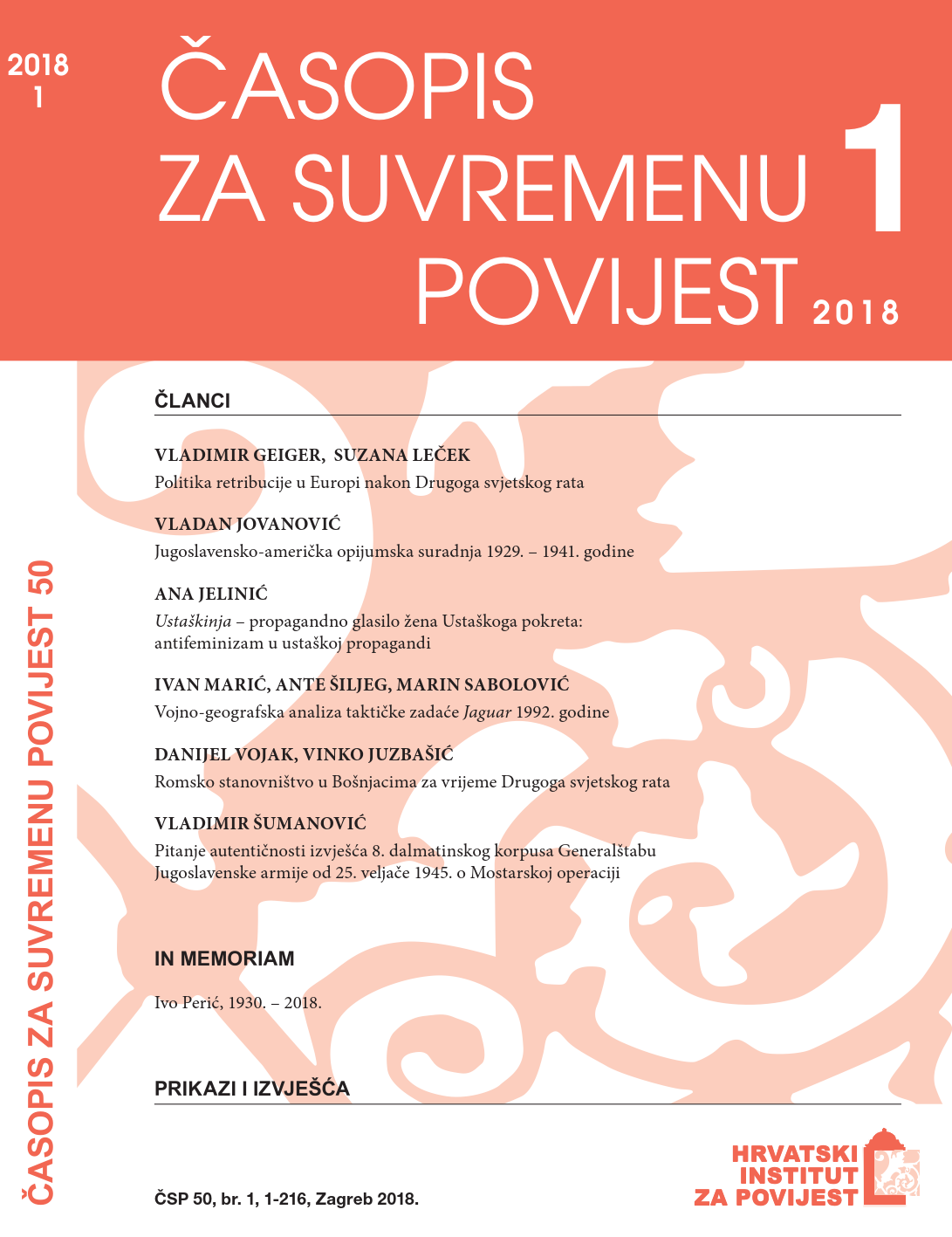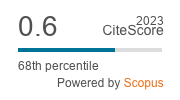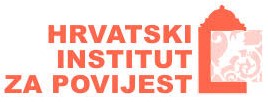Yugoslav-American Opium Cooperation 1929–1941
DOI:
https://doi.org/10.22586/csp.v50i1.75Keywords:
opium; pharmaceutical industry; smuggling; League of Nations; USA; Kingdom of YugoslaviaAbstract
Due to its large morphine content, Yugoslav medical opium was an exception-ally sought-after pharmaceutical raw material, and therefore exported to leading processing plants in Germany, Switzerland, and France till 1928, when American plants began buying up almost the entire production. After 1932, yearly production of raw opium in Yugoslavia stabilised at 35-48 tons, with 99% of the production being absorbed by the American pharmaceutical companies Merck & Co. and Mallinckrodt Chemical Works, at prices significantly greater than those in Europe. However, the enthusiasm about exporting the entire yearly opium production to the USA was put into question in early 1934, when the Turkish-Yugoslav Central Bureau for raw opium export began operating in Istanbul. It comprised representatives of the Turkish Opium Export Institute and the Yugoslav Opium Export Institute (Jugoslovenski zavod za izvoz opijuma – JUZOP). The Yugoslav participation quota of 23-26% hindered the previous level of export to America, which generated resistance towards further cooperation with Turkey in Belgrade. Thus, disputes about placing opium on the American market led to a short-lived blockade of Yugoslav opium import, while the appearance of cheap Iranian opium in Europe further emboldened the Turkish side in the Central Bureau to compensate its loss of the European market by obstructing its Yugoslav partners in dealing with American plants. Apart from this, the debts of the American Eli Lilly plant towards the JUZOP on the day of the Central Bureau’s liquidation in late June 1941 further contributed towards the impression that Yugoslavia was actually suffering a loss by exporting opium in collaboration with Turkey. According to official Ministry of Agriculture data, a total of 688 tons of raw opium worth 386 million dinars were exported from the Kingdom of Yugoslavia in the 1927–1939 period. On a yearly level, this amounted to an average of 42 tons of opium worth 29 million dinars, which equalled, for example, the average yearly budget revenue of the entire Vardar Banate (province). Since yearly opium smuggling in the Kingdom of Yugoslavia stood at around 8-10 tons of opium, one can conclude that almost a quarter of the legal production actually ended up in illegal trafficking. If the smuggling of processed opium derivates (morphine, heroin, codeine) to the USA is added to these figures, and if one keeps in mind the links of the Belgrade and Skopje smuggling organisations with leading European networks for drug trafficking across the Atlantic (Eliopoulos, Bacula, Raskin), then the increased interest of the League of Nations and American diplomacy for the situation in Yugoslavia from late 1937 becomes more understandable. The direct pressure of the American embassy in Paris, which operated a “service” for tracking narcotics smuggling, influenced the Yugoslav authorities to enact harsher laws and at least temporarily reign in the increasingly aggressive criminalisation of a formerly perspective branch of agriculture.
Downloads
Published
How to Cite
Issue
Section
License
Copyright (c) 2018 authors and journal

This work is licensed under a Creative Commons Attribution-NonCommercial 4.0 International License.
Copyright holders are the publisher Croatian Institute of History and the authors. Journal of Contemporary History is an Open Access journal. Users are allowed to read, download, copy, redistribute, print, search and link to material, and alter, transform, or build upon the material, or use them for any other lawful purpose as long as they attribute the source in an appropriate manner according to the Creative Commons licence CC BY-NC. The papers published in Journal of Contemporary History can be deposited and self-archived in the institutional and thematic repositories providing the link to the journal's web pages and HRČAK. Journal does not charge article processing charges (APC). The editors assume no responsibility for statements of fact or opinion made by contributors.




